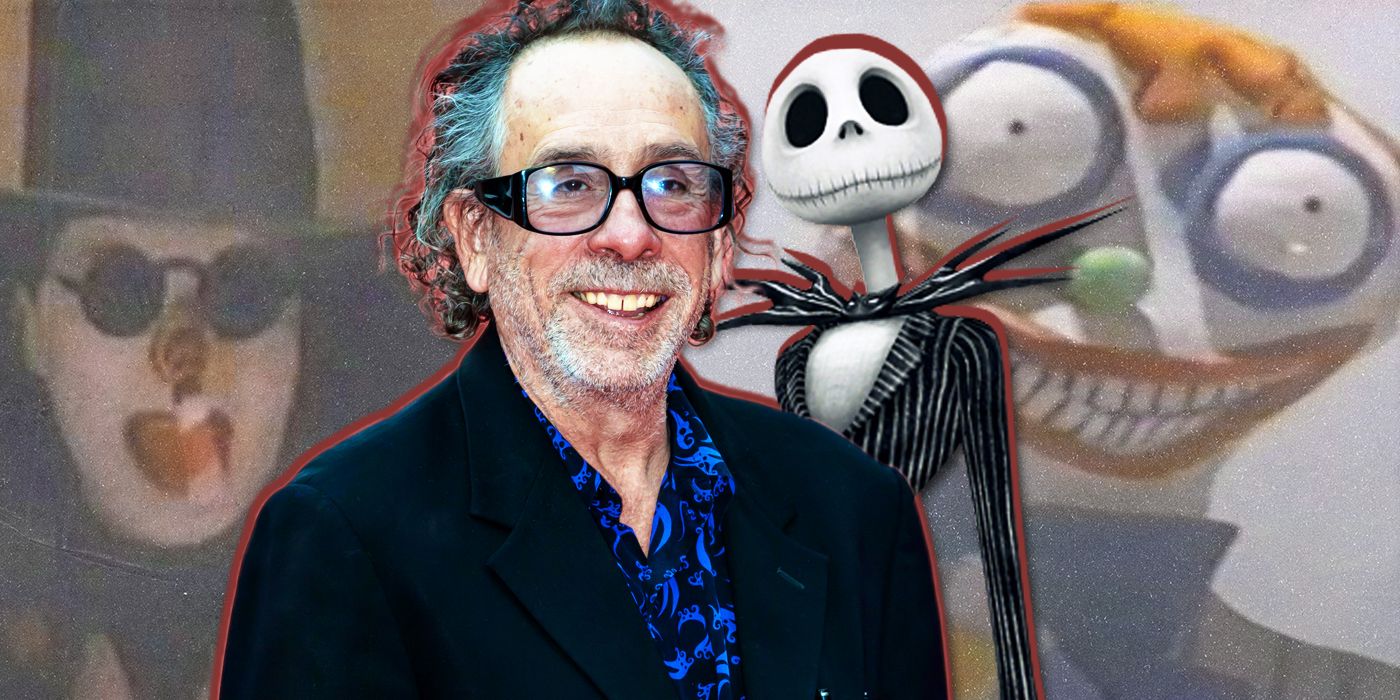Uncover the Dark Origins of Disney's Most Sinister Film

When Tim Burton's name comes up, fans often think of his iconic works like The Nightmare Before Christmas or Alice in Wonderland. But his relationship with Disney has been rocky, with Burton being hired and fired multiple times.
However, when the two parties align, they create some of the most thrilling and visually stunning films ever made. With the sequel to Beetlejuice coming soon, it's hard to imagine this gothic artist blending with Disney.
Yet, one of Burton's first projects with the studio was an adaptation of Hansel and Gretel. Aired only once on Halloween 1983, it was deemed too scary for young audiences.
Despite the controversy, the film follows the classic tale closely. Hansel and Gretel are led into the woods by their abusive stepmother. After getting lost, they find a house made of sweets, but it's controlled by a wicked witch who plans to fatten them up and eat them.
Burton's use of terrifying makeup and music transforms this creepy fairytale into 35 minutes of relentless fear. The film was only aired once on television and then lost in the archives for over three decades.
In 2014, a lost media specialist uncovered the footage and remastered it for YouTube.
While the actors playing Hansel and Gretel are cute, they portray the characters as evil and deceitful. Their stepmother serves them gruel, and Hansel spits it out, making the audience question her motives.
Later, Hansel and Gretel encounter a horrifying gingerbread man named Dan-Dan. Despite his sharp teeth, Hansel takes a bite out of him. After eating his legs and an arm, he smashes him into smithereens.
This shows Hansel's carelessness and lack of sympathy. Despite Dan-Dan's sinister nature, Hansel's conversation with him suggests a bond, making his disposal even more brazen.
The film uses anthropomorphism to make its villains more blood-curdling. Random objects come to life and place the children in distressing situations.
Beds, usually associated with safety, become torture devices. This storytelling technique allows Burton to terrify the audience with

